Multiple years ago I did a test in my garden where I covered half the garden in woodchips and used the Back to Eden no-till gardening method (aka wood chip gardening). Two years later, I did a soil test and was shocked by the results (they weren’t what I expected). Now, a few years later, after speaking with Paul Gautschi himself, I finally learned what we did wrong. Read this post before you use woodchips in the garden to avoid the same mistakes I made.
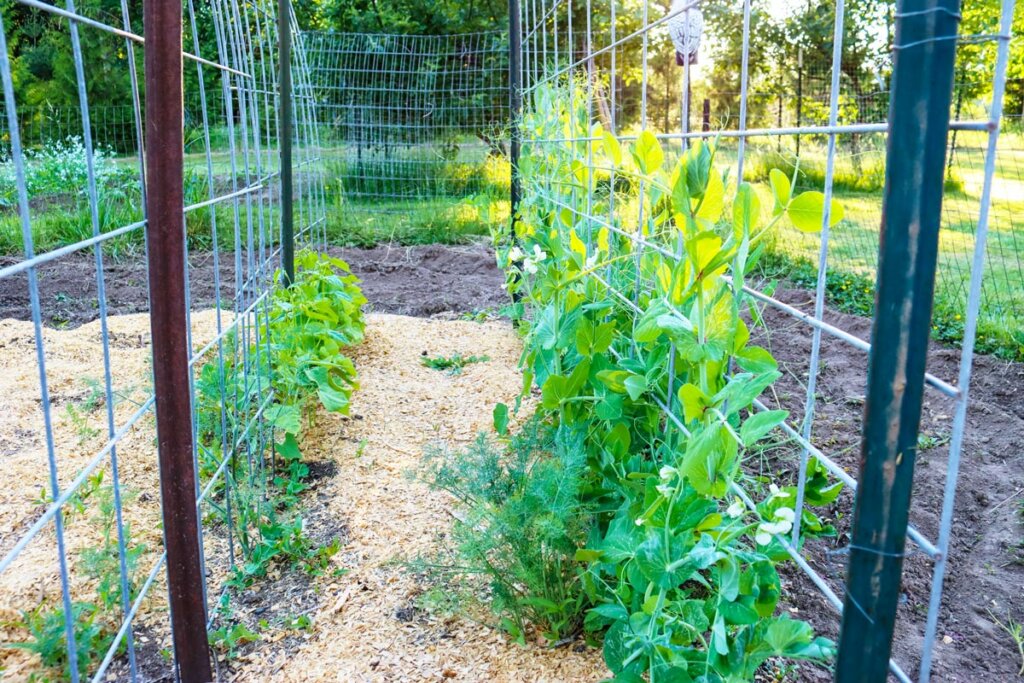
There are so many things to consider when learning how to start a garden. Everything from these beginner gardening secrets to learning foolproof methods when garden overwhelm sets in (it’s a real thing!).
It’s also good to learn about companion planting and how it can help improve the soil health of your garden, as well as how to test and amend your soil and how to create a garden plan for more harvest and less stress.
The deeper you get, the more you learn, and that’s the beauty of gardening year after year!
Healthy soil lies at the heart of regenerative agriculture. Many growers tout the benefits of using woodchips or adding a layer of wood chip mulch in the garden, and for good reason… but do the benefits always outweigh the potential drawbacks?
My initial concern when covering my garden in woodchips (and the main reason we only covered half the garden) is that the nitrogen would get bound up in the woodchips—due to their high carbon content—and deplete the soil.
From what I had read, as long as the woodchips were only on top of the soil and not mixed into the soil, this wouldn’t be an issue. But I just had to be sure, so we did a side-by-side test and got three different soil tests from Simply Soil Testing.
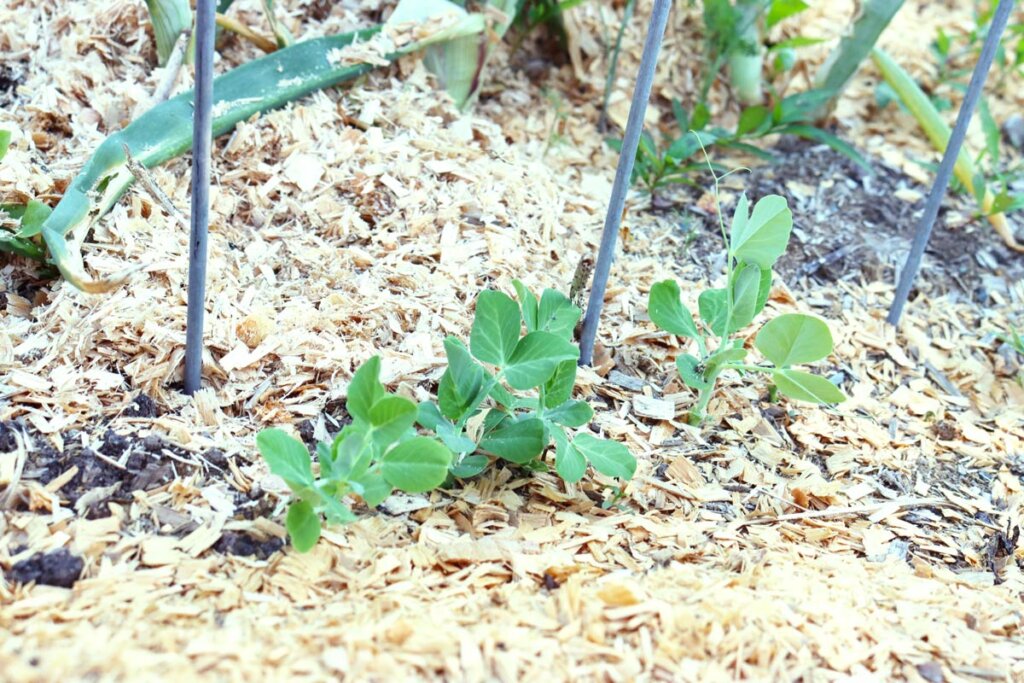
Table of Contents[Hide][Show]
What is “Back to Eden Gardening”?
Originally coined by gardener and arborist Paul Gautschi, the Back to Eden method of gardening is supposed to mimic the forest floor where organic material continues to fall year after year and build up to beautiful, nutrient-rich, loamy soil with great water retention and little to no watering needed. I’ve previously written about this method for weed control here.
Depending on your gardening methods, your climate, and the types of crops you’re growing, this may be a wonderful method, or it may not. We’ve been using both the Back to Eden no-till and tilling methods in our garden for the past two years (in different locations).
We wanted to do a true side-by-side comparison and see just what the differences were for us. The soil test results (taken from three different places in our garden) were pretty surprising.
After chatting with Paul Gautschi, I realized we made some major mistakes with our method (more on this below).

Why Use Mulch in the Garden
There are many benefits of using mulch in the garden. A few of these are:
- Less Soil Erosion – Because woodchips will absorb excess moisture during heavy rainfall or heavy watering, the soil will remain and not get washed away. This is extremely helpful for erosion-prone areas of your yard or garden that are on a hillside or are just at a slight angle where water would runoff.
- Better Water Retention – Having better water retention means less overall watering for your garden. Because woodchips retain moisture, they act like little sponges, steadily releasing that moisture during the heat of the day. They also help to insulate the ground (more on that below) so the moisture in the soil doesn’t evaporate off as quickly.
- More Plant Protection – Plants are protected from soil erosion which could cause their stems to be exposed or the stability of the crop to weaken.
- Weed Suppression – Adding woodchips to your garden is a great way to suppress the weeds. Because tiny weed seeds have a hard time pushing up and through the woodchips, they simply cannot grow (not all, but most), therefore reducing the amount of weeds in the garden. Furthermore, those weeds that do make their way through the woodchips will be easier to pull up. Pro Tip: It’s important to note that you don’t want to add woodchips over newly planted seeds for the same reason. They will have a harder time germinating and sprouting if they’re covered with woodchips, and your germination rate will be horrible. You can either pull the woodchips back or wait until your crops are established before adding woodchips as mulch up and around the plants.
- Improved Food Web – What does this mean? Think of a healthy earthworm habitat under the soil! Taking our queue from the forest floor, where leaves, decaying trees, pine needles and other organic materials constantly fall to the ground, there is an amazing web of mycelium and microbes underneath the soil surface. Adding woodchips to the garden helps to build up this strong living “food web” hiding out just beneath the surface.
- Added Organic Matter & Nutrients – As woodchips break down year over year, they continually add to the organic matter in the soil, creating rich, loamy garden soil that’s the perfect growing medium for veggies and other plants.
- Better Soil Temperature Control – As mentioned above, a layer of mulch will help control the temperature of the soil. On extremely hot days, the soil just below the woodchips will be significantly cooler. And once those temperatures start dipping toward freezing, the soil will stay insulated longer.
- Reduces Overall Waste – Because you can use other materials besides woodchips as mulch, you can really help reduce the waste on your homestead. Have a fallen tree? Rent a wood chipper and harvest your own woodchips. Mowing the lawn during the summer? Save those grass clippings. Raking up a bunch of leaves in the fall? They make perfect mulch (as long as they don’t just blow away!). Look around your yard. I’m sure you’ll find many items that can make great mulch, even if they’re not just woodchips.
- BONUS: Beautifies the Garden – When you add fresh mulch to your garden spaces, in your raised beds, around the base of fruit trees or even as landscaping, it adds a nice, appealing look that’s very tidy and purposeful. Because it also helps suppress weeds, when adding mulch year after year, you can help improve the look of your garden and lessen your overall workload as well.

Subscribe to Melissa K. Norris!
Get updates on the latest posts and more from Melissa K. Norris straight to your inbox.
We use your personal data for interest-based advertising, as outlined in our Privacy Notice.
Mistakes to Avoid Using Woodchips in the Garden
As promised, here are the mistakes I made when using woodchips in the garden. I’m so thankful for the knowledge of people like Paul, who will share their years of gardening wisdom with us.
- Using the Wrong Kind of Woodchips – If you want to use woodchips in the garden, make sure you get arborist woodchips that contain both green and brown materials. I was using large pieces of sawdust, which is not a growing medium. To find arborist wood chips, contact your local tree services or your city department to see if they can drop off their chipped trimmings at your house.
- Not Adding a Protective Layer – Paul recommends using a layer (or a few layers) of newspaper prior to adding woodchips. This is especially true if you’re trying to turn a patch of grass into a garden area. The steps are to mow and weed whack the grass as short as possible. Layer newspaper (a few layers thick). Add a nice deep layer of woodchips. Paul doesn’t recommend using cardboard because it’s usually toxic.
- Not Layering Deep Enough – It’s hard to imagine needing 6-8 inches of woodchips in the garden, but that’s what it takes to successfully eliminate weeds, protect your crops and reap all the other benefits from woodchips.
- Not Continuing to Add Woodchips – This is not a “one and done” solution to your garden. It will be necessary to add more woodchips as a top dressing over the years to continue to feed the soil, suppress the weeds and keep the system working properly. Again, when thinking about the forest, it gets a new covering every year! Though your additional layers won’t need to be another 6-8 inches, adding about an inch per year should do the trick.
- Not Being Patient – This method isn’t a quick fix. It may take a number of years for your soil health to return, for compaction to reverse and for weeds to die back completely. In my case, I gave up too quickly!
- Not Using Soil Amendments – While your soil is getting balanced and healed, it will be necessary to use soil amendments. Many people worry about the woodchips leaching nutrients from their soil. This isn’t much concern when adding on top, but can be an issue if you’re mixing them into the soil. For me, I needed to use compost and blood meal to add nitrogen back into my soil. This is where a soil test to learn about your soil ph will be important. This is the information you’ll need to know what amendments your soil may need while everything balances out. Learn how to build your own compost pile here.
Soil Test Results
As I said, the results of the soil tests were surprising. I expected huge and drastic improvements to the soil that was mulched. What we found was not the case.
I ran soil tests in three different portions of my garden:
- The Mulched Area: The first sample was of the area that’s been mulched with woodchips for two years.
- The Tilled Area: The second sample was of the area of the garden where we’ve continued to till and not add woodchips or any other form of mulch.
- The High-Tunnel Area: The final sample I took was from under our high tunnel, where we added fresh woodchips just last year.
Below you’ll see the results from each of the three areas and find out why I was so surprised.
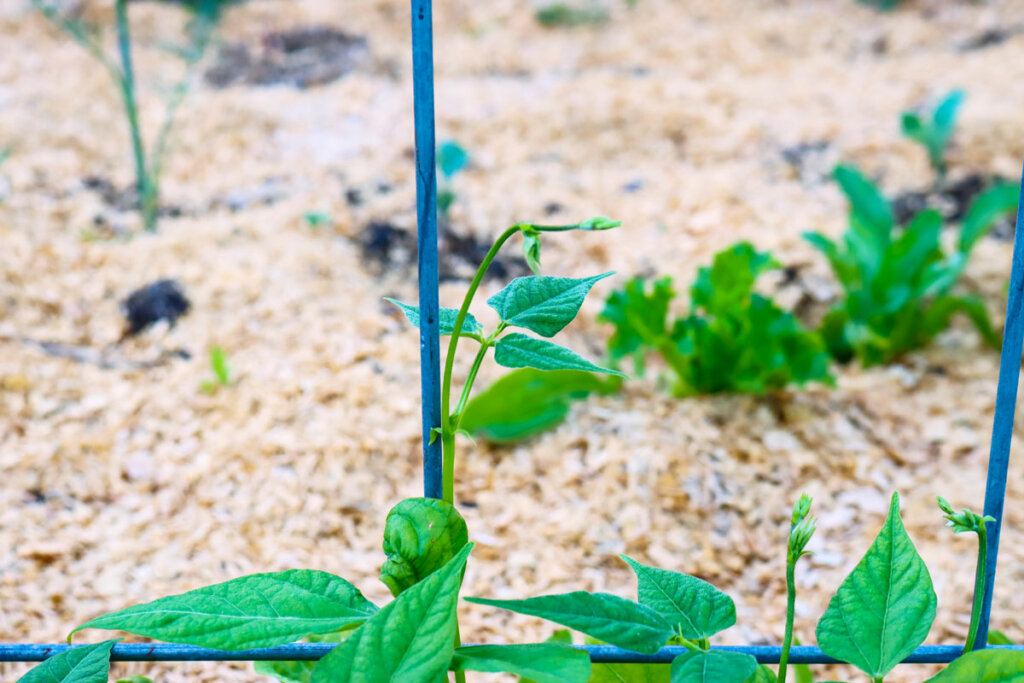
Garden Plot Mulched with Woodchips
- Nitrogen Level – 11 ppm (this is the higher end of “low”)
- Micro/Macronutrients – all very good! Each of the levels of nutrients (phosphorus, potassium, calcium, magnesium, boron, sulfur, and organic matter) were either in the very high, high, or medium-high range which I’m very happy about.
- pH level – 7.08 A vegetable garden is ideal between 6.0-7.0, so I’ll add a little bit of elemental sulphur and this will come down just fine.
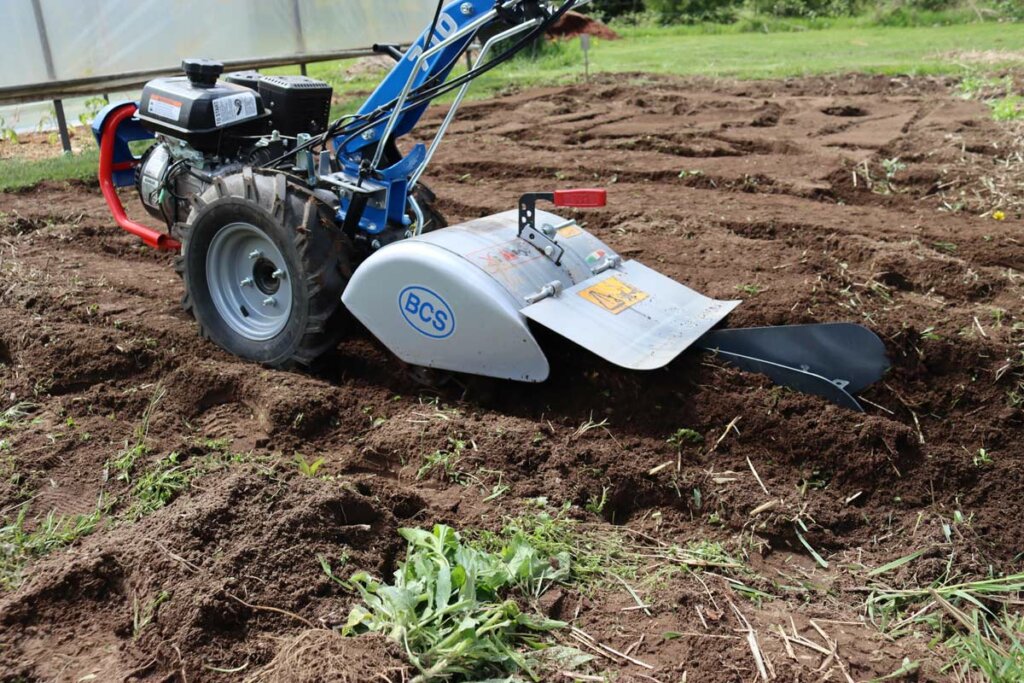
Garden Plot Not Mulched with Woodchips
- Nitrogen Level – 24 ppm (this is on the high end of medium)
- Micro/Macronutrients – all very good in this garden area as well.
- ph level – 7.19 Still almost optimal, which with pH levels, if it’s just a little bit over or under, it won’t affect the growing season much. But when an area is significantly off, you’ll notice much more struggle for your crops. This is especially important when you’re growing plants like blueberries that like much more acidic soil! So know what you’re planting and know the pH level that specific crop desires for the best results.
I have a theory on why both sides have differing results. Many people don’t like to till because this can break up the mycelium and food web connection under the soil, however, when we till, we till back into the soil the green matter which will release more nitrogen back into the soil.
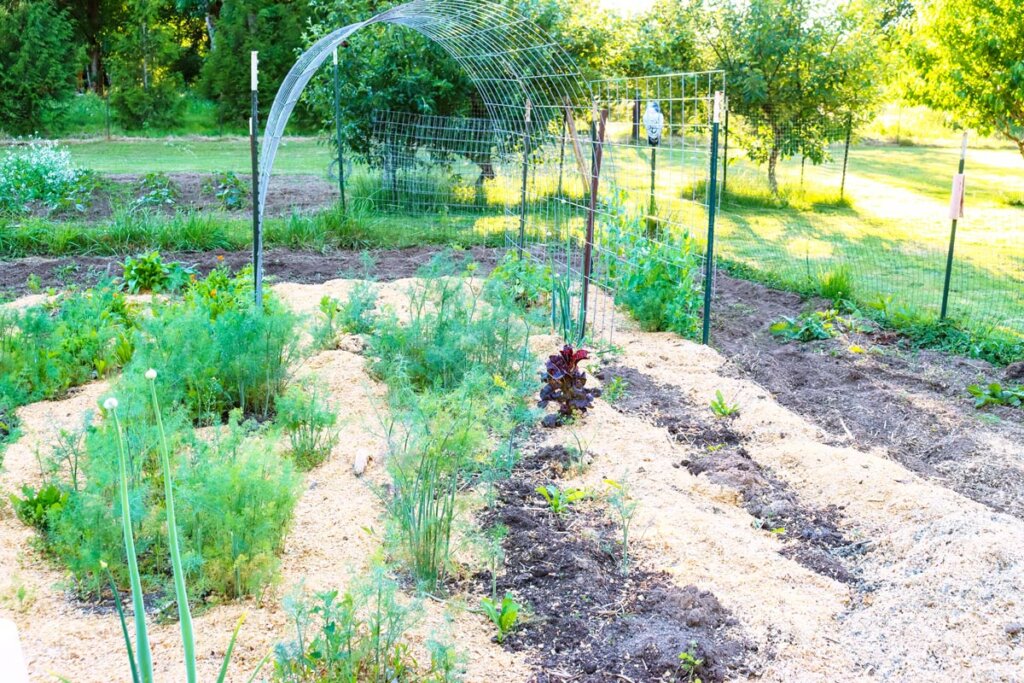
High-Tunnel Garden Plot Mulched with Woodchips
It’s important to note that the plot where we put our tomatoes is a new plot that was formerly wooded with evergreen trees which tends to make the soil a bit more on the acidic side to begin with.
After just one year of having this area covered in wood mulch, the results are as follows:
- Nitrogen Level – 46 ppm (this is on the high end of high)
- Micro/Macronutrients –
- pH level – 5.52 This is a little bit too acidic for tomatoes, so I’ll be adding some lime to help raise the pH level.
My theory on why this area has a higher nitrogen level is that this area of the garden is covered and doesn’t get the rainfall like the rest of the garden areas. I truly believe the rainfall is what washes away the majority of the nitrogen, even when the woodchips are on top of the soil.
Why Organic Matter Matters?
We like to have a high level of organic matter because, as it holds moisture and brings aeration, it also contains nutrients. As the organic matter breaks down into your soil it will continue to replenish all the micro and macronutrients.
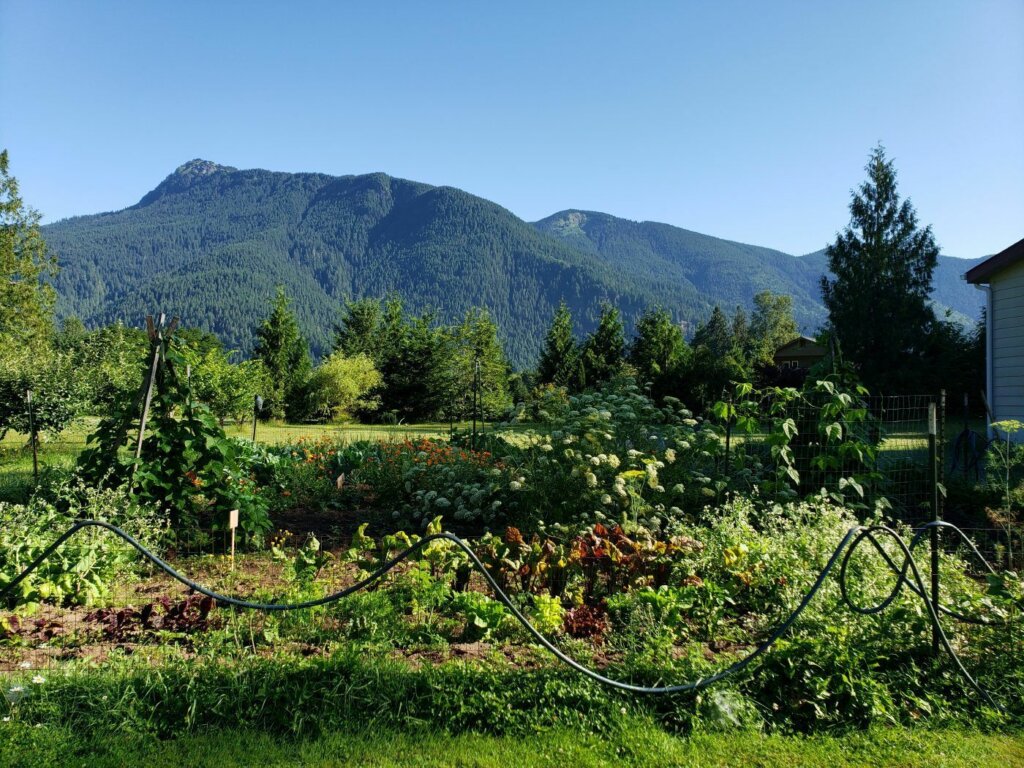
More Gardening Articles
- Sheet Mulching the Easy Way
- Soil Remediation – How to Fix Tainted Soil
- Fall Gardening Prep – 10 Tips to Improve Your Soil
- Beginner Gardening Secrets You Need to Know
- Science-Based Companion Planting Strategies
- 13 Basic Steps to Starting a Vegetable Garden
- Hugelkultur Garden Beds (What, Why & How)
- How to Create a Garden Plan for More Harvest & Less Stress
- What to Plant in August (For a Fall Garden)
- How to Harvest & Store Potatoes (w/out a Root Cellar)
- Preventing and Treating Early Blight for Tomato and Potato Plants
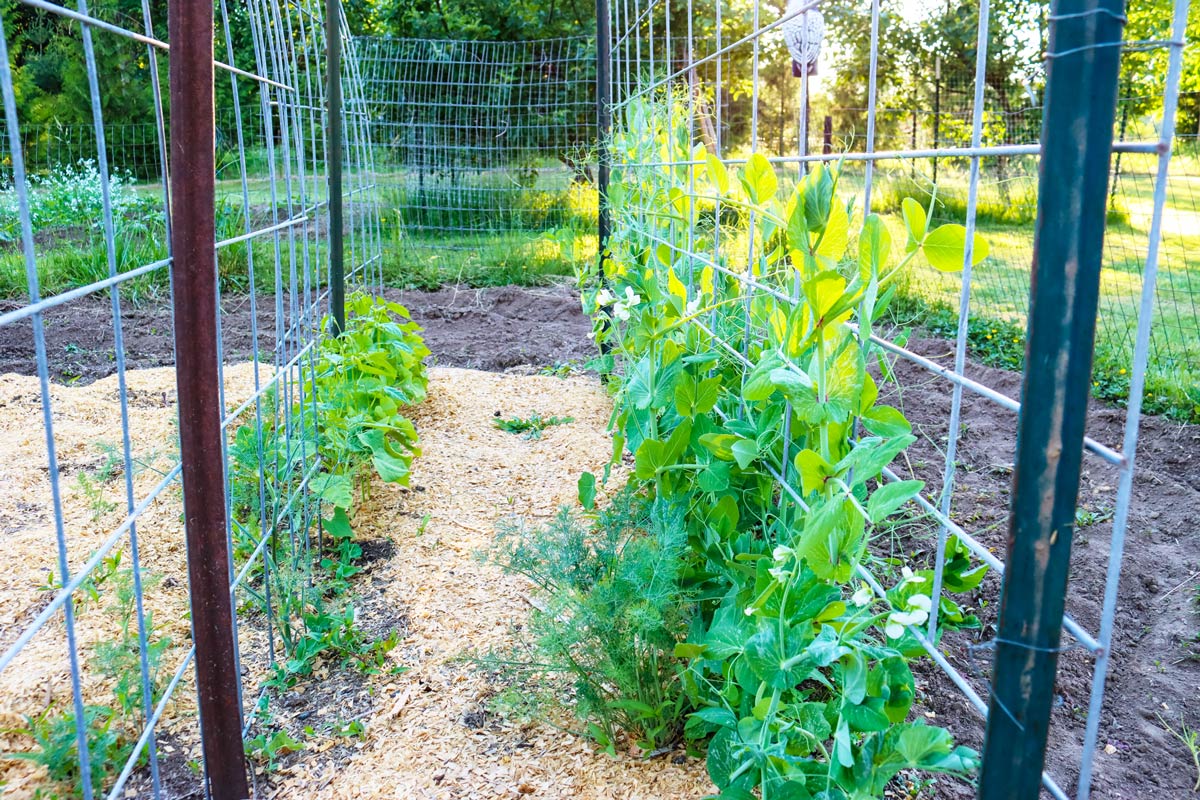


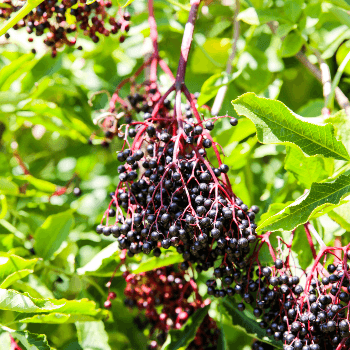
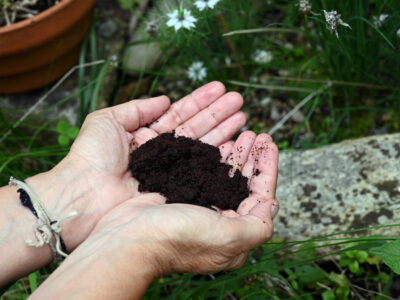

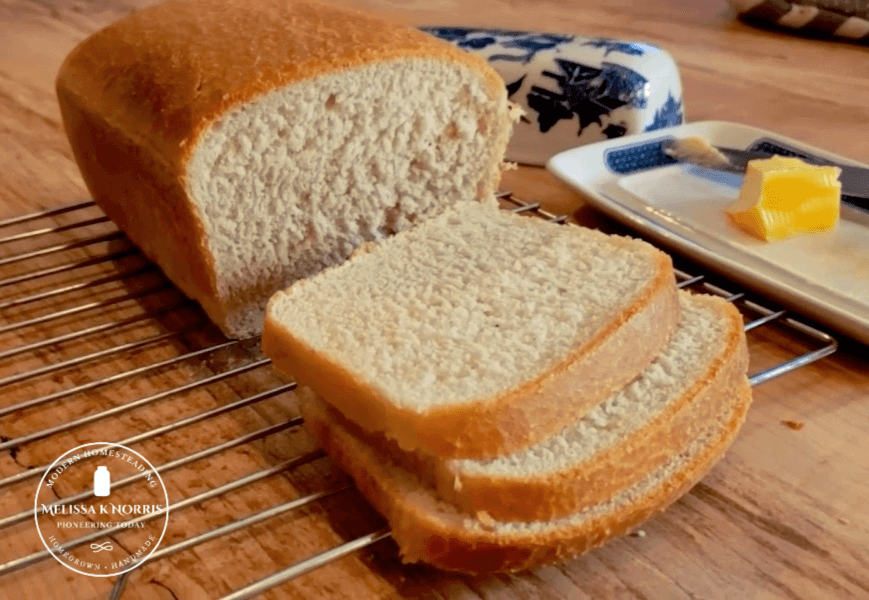
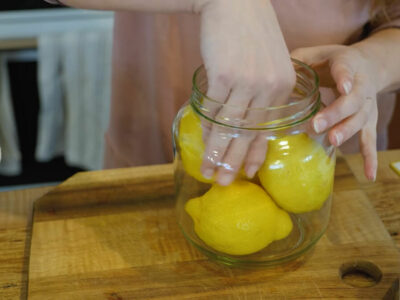



Actually, it looks like wood shavings, not sawdust.
I have lots of wood chips and pine needles. You encourage me to try to use it in our veggie garden. I will try now also to use them in our very heavy clay garden. Would you recommend wood chips and pine needles for potato planting?
Do you need to let the wood chips age for awhile before putting them in the garden?
Thanks,
Pam
No, green is actually better because there’s more nitrogen in them at that point.
Paul says aged woodchips are best.
Hello. I wanted to ask you. What kind of wood should be used. Is there any kind of wood chips that could harm the soil / garden.
Thanks for any Info
Most wood chips are fine, including conifer evergreens (though you have to usually add more lime to counteract the acidity.) Don’t ever use a wood that puts out poisons to other plants…like Black Walnut, Butternut (the wood is poisonous to humans) etc. Chips or sawdust are both fine, I’ve found the sawdust breaks down faster. I get mine from a local lumbermill which usually does spruce, cedar, and hardwoods. I’ve been using both for years on what 25 years ago was pure sand. For 15-17 years I struggled, adding massive amounts of organic material, which dissolved to a few black specs here and there within a couple months. I got to where the soil looked dark but was devoid of nutrients and water holding power, baked in the summer and froze in winter. What a difference 6″ of chips and sawdust made! In one year it’s insulating temperatures (cold and too hot), holding moisture, holding nutrients most of the summer rather than completely leaching out by mid June. Now after about 7 years I only add 2-3″, and my garden grows twice the size of my most of my more accomplished gardening friends. Every year since I began 25 years ago, I do soil tests, and add the least expensive organic amendments I can find. About every 2nd or 3rd year I also add about 2-3 inches of horse or cow manure. Outrageously fab and healthy veggies, fruits, and flowers.
unless wintering over fresh manure should age it can burn fresh
You never mentioned if you used conifer chips or hardwood chips. We are in the Pacific northwest and have a lot of fir. The fir will deplete the nitrogen more than a hardwood. Gardeners here get hardwood chips from us when we process hardwood. They do not want the fir because it depletes the nitrogen as you stated.
When I look at your BTE garden, I don’t see wood chips. I see sawdust. Why did you use sawdust for a BTE garden? They aren’t the same thing at all and specifically the BTE garden recommends a woody with leafy greens wood chip. I have done BTE gardening for three years now (about 2/3 of my garden has chips) and it has been wonderful for me here in Oklahoma. I appreciate your effort here except that it’s not really a true comparison of BTE vs. other methods. I am lucky enough to be able to go to the city mulch site and get all the mulch wood chips I need for free. They will even dump a big load in the back of my truck.
I was wondering the same thing. To all the people interested in this method, make sure you are not using saw dust or wood shavings. Use actual wood chips.
Thanks for your informative site. I have learned so much. One question: Our area has earwigs that won’t quit, eating all our veggie plants even if they manage to survive to become full-sized. We’ve tried different trap methods, but they never help much. Any suggestions?
I went to the Back To Eden method so I wouldn’t have to wait until late May to till since it’s so wet in SW Washington. I found similar nitrogen results when wood chips didn’t have enough green in them when I put them down. One of the best things I did was to plant some bocking 14 comfrey (the kind that spreads by rooting, not via seed) and use the leaves in my wood chip pile. It grows incredibly fast and is great as a chop and drop green manure. I also made compost tea with the chopped up comfrey leaves, and poured the diluted comfrey tea in garden areas where nitrogen was low (for a boost). Interested to see how your long term trial goes!
From what I understand, it is better to chop leafy tree branches for this method. The leaves would add more nitrogen than wood chips alone.
I just read your article and results to putting chips on your garden. I live in Myrtle Creek, Or. and have very sticky clay soil. When it dries out in the summer, it’s as hard as cement. We tilled lots of sand and compost to it in 2007 and just compost until 2010. It was then that I heard about the Back to Eden Method and gave it a try. I was astonished how healthy the vegetables looked and tasted after one year. Wasn’t thrilled at the weed prevention, but it was better.
The soil improvement is the best part. Soft and not sticky any longer. I can actually walk in the garden without getting mud on my shoes. Still need to weed where the chips are shallow or where soil is exposed. I make my own compost and add it before a layer of chips in the Autumn. ?
Janet W.
learn’t so much from you hands down- thank you!
It looks like you have a lot of grass, do you put that in your garden or into your compost pile? I’m in Western WA (Whidbey Island) and slugs are a big problem(even with a duck living in my garden)! I’m always looking for top dressing that won’t appeal to them. Ha. I have been interested in the Back to Eden method, he’s pretty convincing. Thank you.
Hi what can you tell about container gardening see I used to have gardens but these strange little critter’s showed up one day and the were eating the stuff I planted so I can’t put anything in the ground right now I have tomato’s in pots 20 of them I would like to do more than just tomato’s but I i don’t have the knowledge and i really used to love gardening
So we’re you pleased with the Back to Eden mulching approach and plan to continue using it?
Hi Melissa,
I’m wondering what you decided about the wood chip method? Are you going to continue to do it? I have done a little bit of it. We have very hard clay soil. I feel our dirt needs a lot of amending before putting wood chips on top. Otherwise, it’s too hard to dig and plant – I don’t think they would survive.
I am wondering too.
I was wondering the same thing.
Did she ever say whether or not she would continue to use wood chips??? I got to the end and didn’t see the end result? Are they good or not?